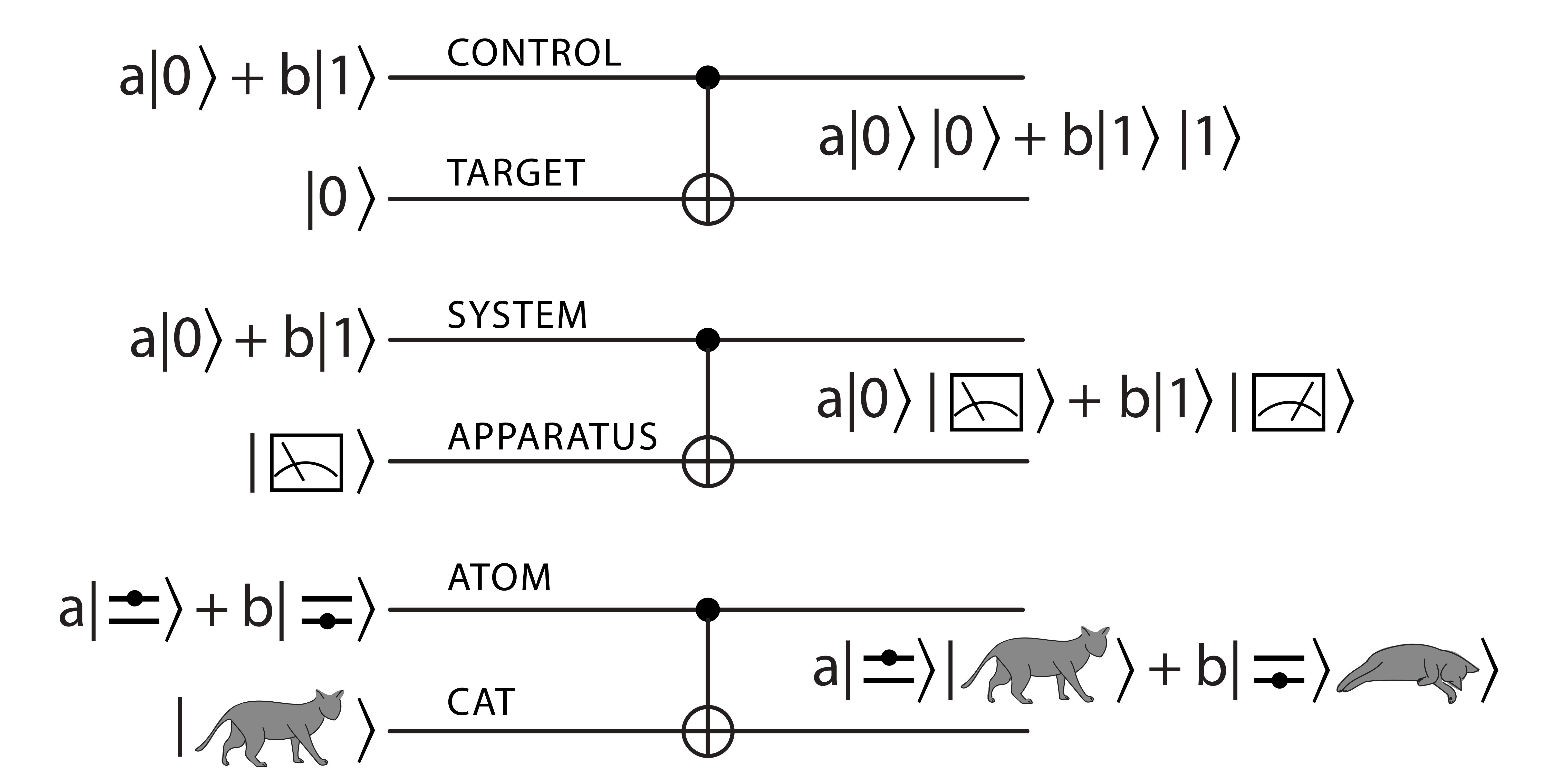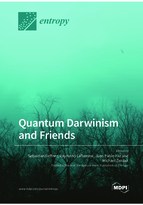Quantum Darwinism and Friends
A special issue of Entropy (ISSN 1099-4300). This special issue belongs to the section "Quantum Information".
Deadline for manuscript submissions: closed (15 December 2021) | Viewed by 41170
Special Issue Editors
Interests: quantum thermodynamics; theoretical physics; statistical physics; quantum control; quantum speed limit; shortcuts to adiabaticity; quantum information theory; foundations of physics
Special Issues, Collections and Topics in MDPI journals
Interests: quantum information; robust quantum control; experimental quantum information processing; quantum cryptography
Interests: quantum foundations; quantum information; quantum thermodynamics; quantum optics
Special Issue Information

Wojciech Hubert Zurek has made seminal contributions to several areas of theoretical physics. This includes decoherence, where he had the key insight that physical environments superselect certain “pointer” states, and the foundations of quantum and classical information (e.g., the no-cloning theorem and quantum discord). His work on the dynamics of non-equilibrium phase transitions led to the Kibble–Zurek mechanism. Quantum Darwinism—the subject of this volume—is a culmination of advances that started with decoherence. It accounts for the emergence of objective classical reality in our quantum universe.
Wojciech Zurek earned his MSc in Krakow, in his native Poland, and his PhD at the University of Texas at Austin, where he remained until 1981 as a postdoctoral fellow of John Archibald Wheeler. In 1981, Zurek joined the group of Kip Thorne at Caltech as a Tolman Fellow and arrived at Los Alamos in 1984 as an Oppenheimer Fellow. He rose to the position of group leader of the Theoretical Astrophysics Group in 1991. In 1996, Zurek was named Laboratory Fellow of the Theory Division.
In his long career, Wojciech Zurek has won many honors and awards. A non-comprehensive list includes the Phi Beta Kappa Visiting Lecturer (2004), the Alexander von Humboldt Prize (2005), the Marian Smoluchowski Medal (2009), the Albert Einstein Professorship (awarded in 2010 by the Ulm University), the Order of Polonia Restituta (2012), and the Los Alamos Medal (2014).

How many of us have heard, or maybe even made, the statement that “quantum mechanics is weird”? As human beings that evolved at classical energy and lengths scales, we are so used to the fact that things look “classical” that the actual workings of our quantum Universe constantly have us in awe, confuse us, and sometimes even appall us.
Take, for instance, the frequently maltreated cat. If any two of us look at the same cat, we will both conclude that we are looking at a cat. Well, actually, we conclude that we both “perceive” a cat, and we will agree about its state of well-being. From a fundamental point of view, the question has to be: why? The answer originates in the fact that any fraction of photons that we intercept with our eyes carries the same, classical information about the lovely beast. The more formal analysis of the emergence of this classical objectivity is known as Quantum Darwinism, as it relies on Darwinian fitness of certain states—their ability to not just survive immersion in the environment, but create, multiple “offspring” of the information about themselves in the photon (and other) environments, where they can be accessed by observers such as us.
Quantum Darwinism shows how the perception of objective classical reality arises via selective amplification and the spreading of information in our fundamentally quantum universe. Quantum Darwinism goes beyond decoherence, as it recognizes that the many copies of the system’s pointer states are imprinted on the environment: agents acquire data indirectly, by intercepting environment fragments (rather than directly measuring systems of interest). The data disseminated through the environment provide us with shared information about stable, effectively classical pointer states. Humans rely primarily on the photon environment, eavesdropping on “objects of interest” by intercepting tiny fractions of photons that contributed to decoherence.
In honor of Wojciech Zurek’s 70th birthday, this Special Issue is dedicated to recent advances in the field and pays tribute to Zurek’s seminal contributions to our understanding of the Universe. To this end, “Quantum Darwinism and Friends” collects articles that make sense of the apparent chasm between quantum weirdness and classical perception, and provides a snapshot of this fundamental, exciting, and vivid field of theoretical physics.
Dr. Sebastian Deffner
Prof. Dr. Raymond Laflamme
Prof. Dr. Juan Pablo Paz
Dr. Michael Zwolak
Guest Editors
Manuscript Submission Information
Manuscripts should be submitted online at www.mdpi.com by registering and logging in to this website. Once you are registered, click here to go to the submission form. Manuscripts can be submitted until the deadline. All submissions that pass pre-check are peer-reviewed. Accepted papers will be published continuously in the journal (as soon as accepted) and will be listed together on the special issue website. Research articles, review articles as well as short communications are invited. For planned papers, a title and short abstract (about 100 words) can be sent to the Editorial Office for announcement on this website.
Submitted manuscripts should not have been published previously, nor be under consideration for publication elsewhere (except conference proceedings papers). All manuscripts are thoroughly refereed through a single-blind peer-review process. A guide for authors and other relevant information for submission of manuscripts is available on the Instructions for Authors page. Entropy is an international peer-reviewed open access monthly journal published by MDPI.
Please visit the Instructions for Authors page before submitting a manuscript. The Article Processing Charge (APC) for publication in this open access journal is 2600 CHF (Swiss Francs). Submitted papers should be well formatted and use good English. Authors may use MDPI's English editing service prior to publication or during author revisions.








